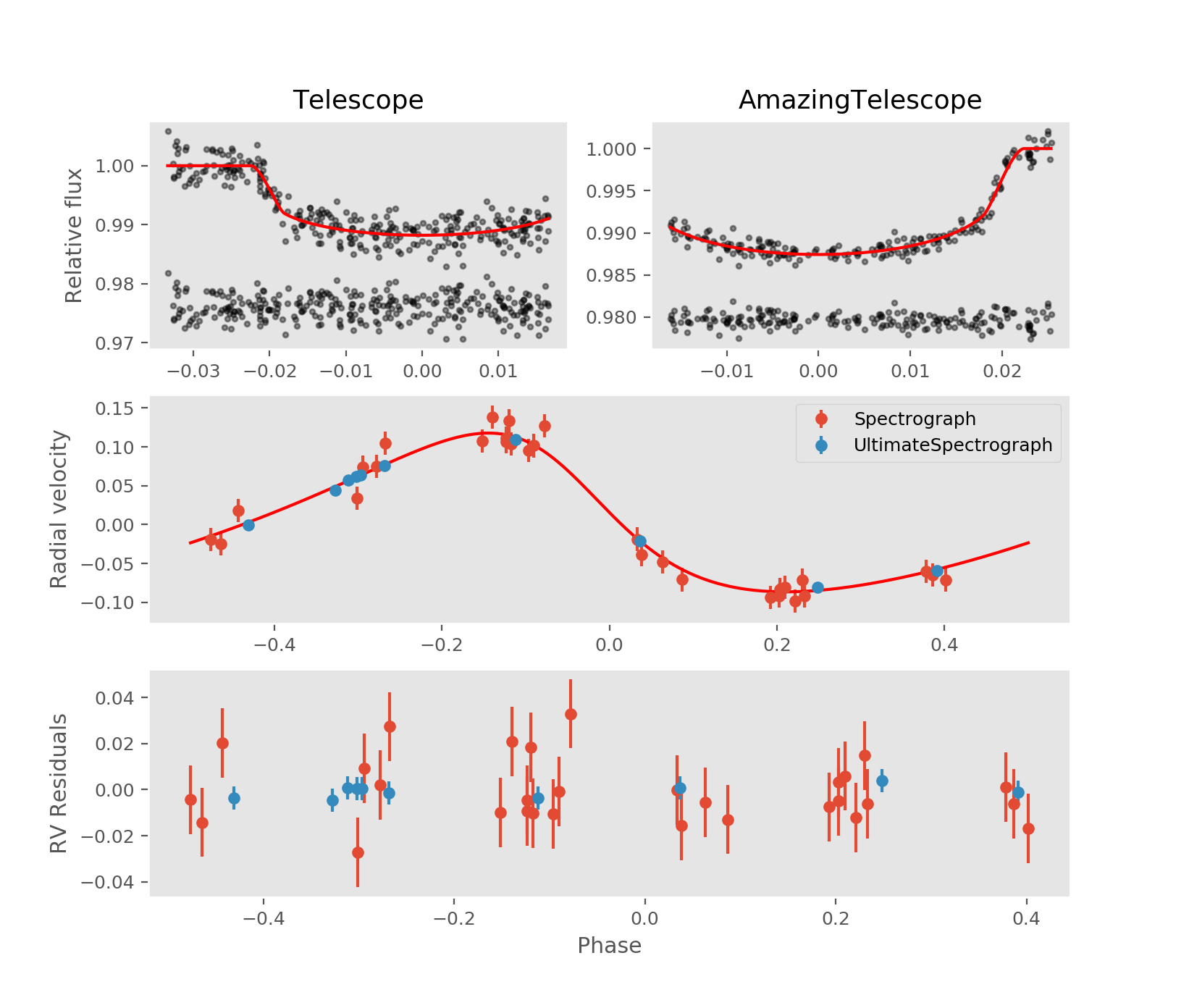Discovery and Validation of a High-Density sub-Neptune from the K2 Mission
We report the discovery of BD+20594b, a high density sub-Neptune exoplanet, made using photometry from Campaign 4 of the two-wheeled Kepler (K2) mission, ground-based radial velocity follow-up from HARPS and high resolution lucky and adaptive optics imaging obtained using AstraLux and MagAO, respectively. The host star is a bright ($V=11.04$, $K_s = 9.37$), slightly metal poor ([Fe/H]$=-0.15\pm 0.05$ dex) solar analogue located at $152.1^{+9.7}_{-7.4}$ pc from Earth, for which we find a radius of $R_*=0.928^{+0.055}_{-0.040}R_\odot$ and a mass of $M_* = 0.961^{+0.032}_{-0.029}M_\odot$. A joint analysis of the K2 photometry and HARPS radial velocities reveal that the planet is in a $\approx 42$ day orbit around its host star, has a radius of $2.23^{+0.14}_{-0.11}R_\oplus$, and a mass of $16.3^{+6.0}_{-6.1}M_\oplus$. Although the data at hand puts the planet in the region of the mass-radius diagram where we could expect planets with a pure rock (i.e. magnesium silicate) composition using two-layer models (i.e., between rock/iron and rock/ice compositions), we discuss more realistic three-layer composition models which can explain the high density of the discovered exoplanet. The fact that the planet lies in the boundary between "possibly rocky" and "non-rocky" exoplanets, makes it an interesting planet for future RV follow-up.
PDF Abstract